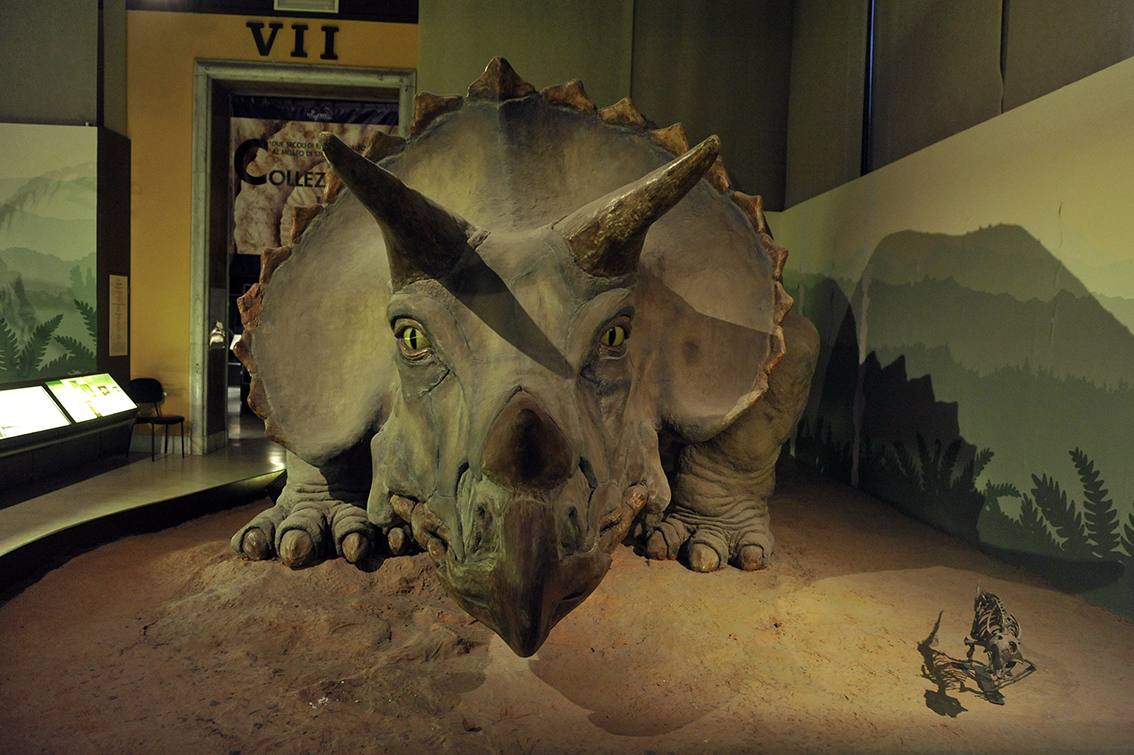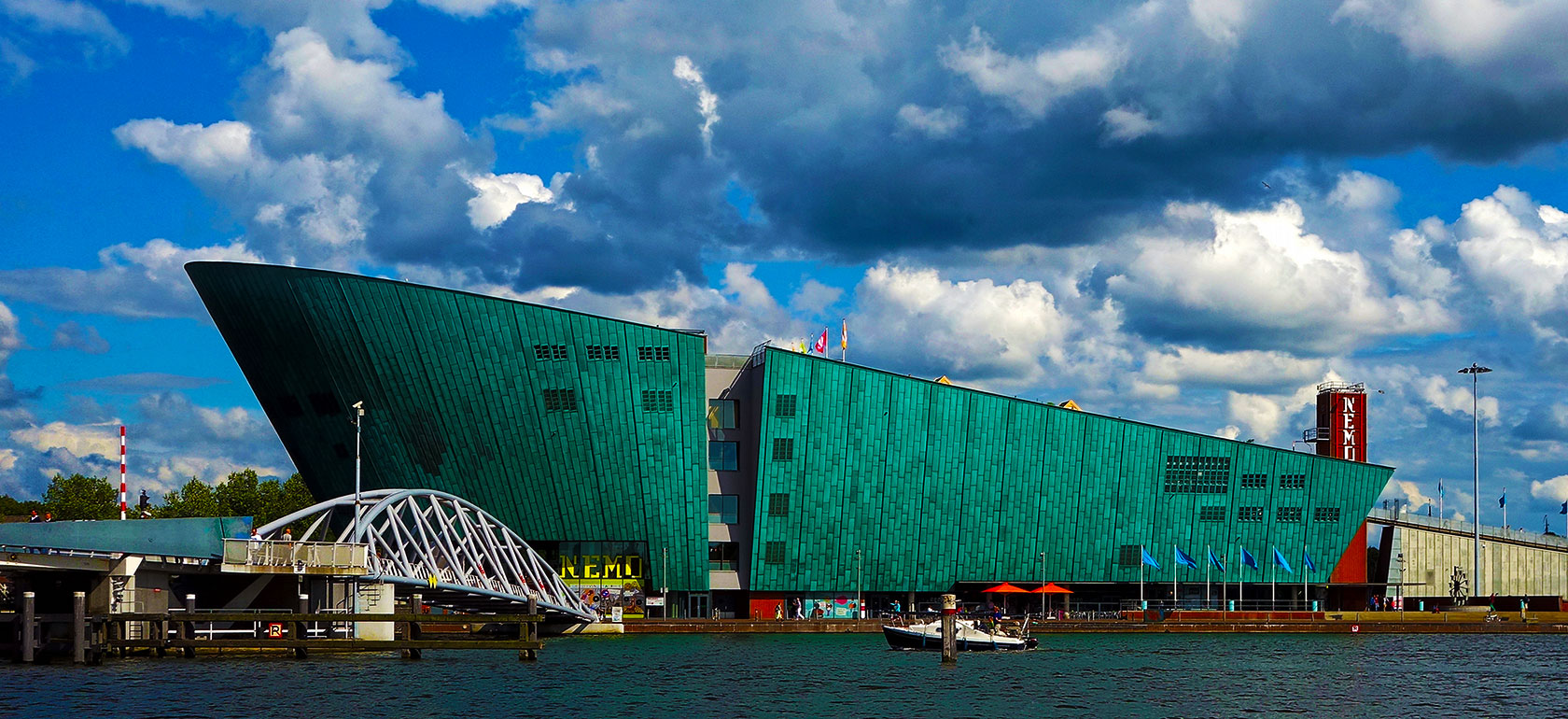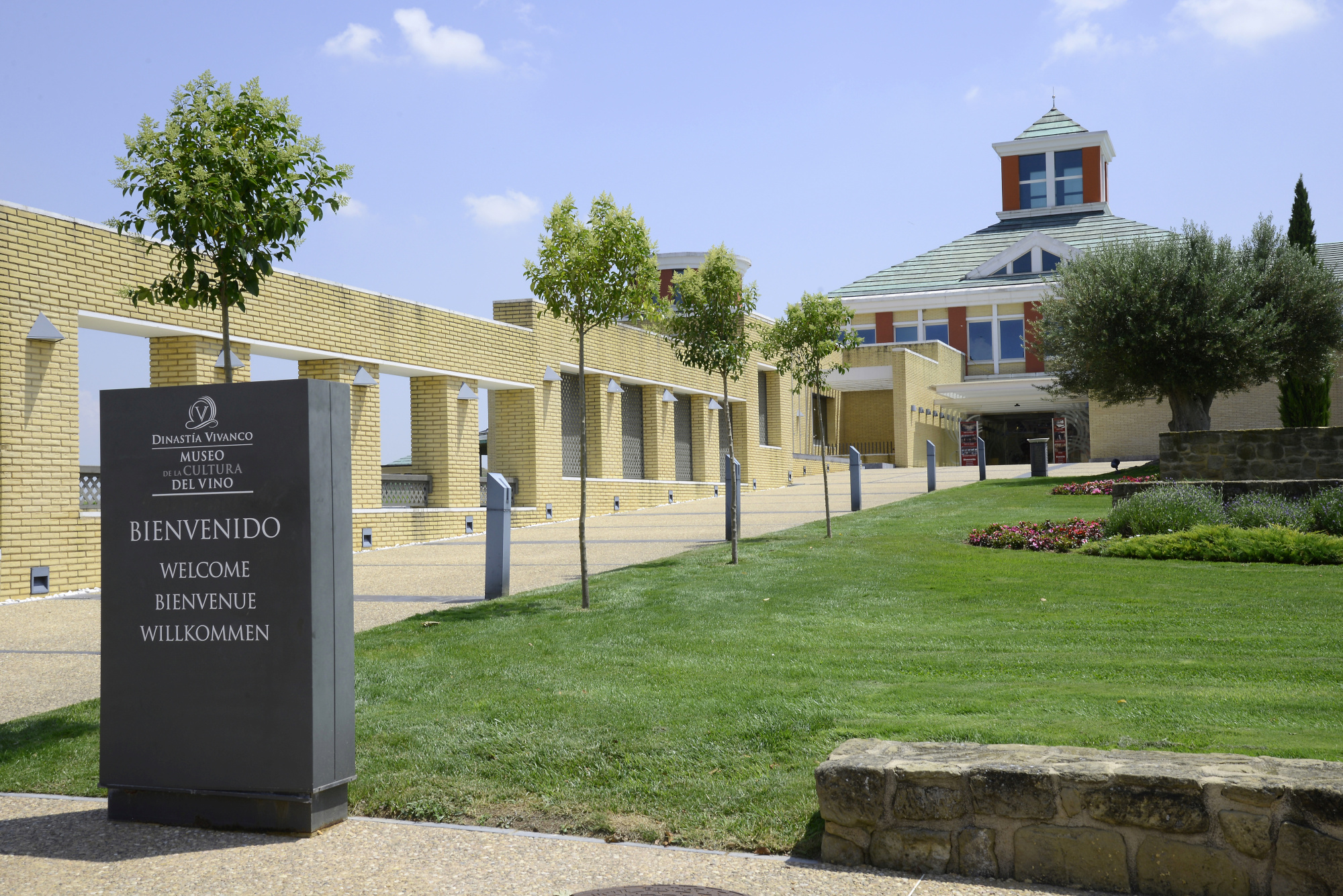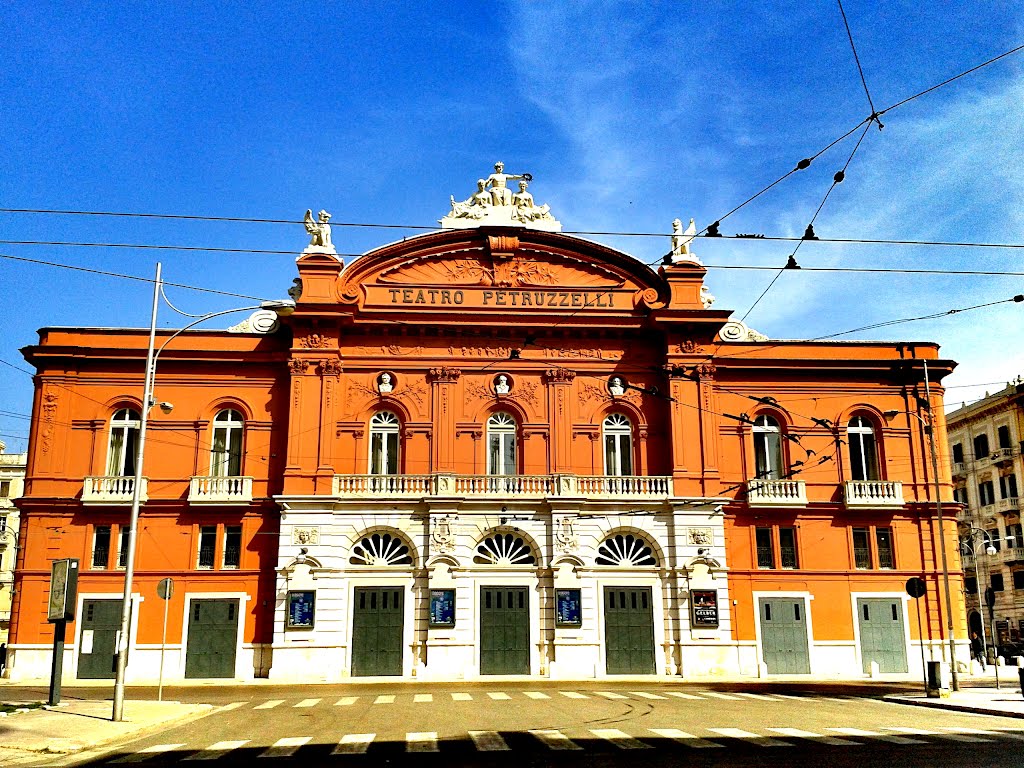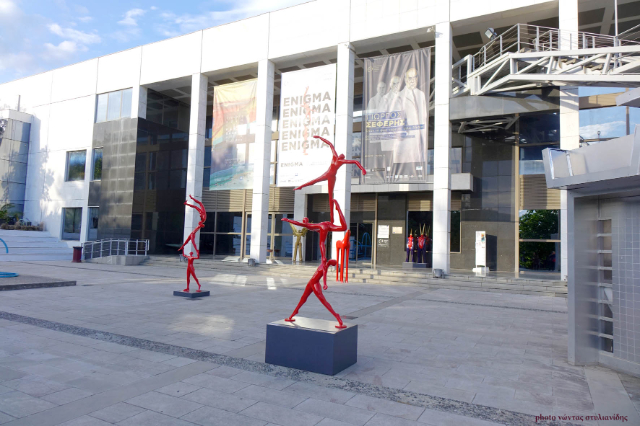The Museum of Natural History of Milan, founded in 1838, is located in the homonymous palace inside the Public Gardens of Porta Venezia since 1893 and is one of the most important naturalistic museums in Europe.
It previously resided in the eighteenth-century Palazzo Dugnani, after having stayed for several years in the former convent of Santa Marta.
Today the museum is divided into 23 exhibition halls (about 5,500 m²) on two floors; it preserves about 4.5 million specimens. It also has the largest exhibition of dioramas in Italy (about one hundred).
The exhibitions open with the Mineralogy section followed by the Paleontology section showing fossils of vertebrates, invertebrates and plants. Here of great impact are the skeletons and reconstructions of some dinosaurs and other extinct animals. This section dedicated to the evolutionary history of living beings closes with a room dedicated to human evolution. The last two rooms illustrate Malacology, the Zoology of Invertebrates and Entomology.
On the first floor the path continues with the Zoology of Vertebrates and the illustration of the natural environments in Italy and in the World (marine ecosystems; forests and tropical wetlands; temperate forests, taiga and mountains; Arctic and Antarctic environments and marine mammals; savannahs, prairies and deserts), through spectacular dioramas, unique in their kind.
The museum also has a bookshop for visitors and a specialist library open to the public with 160,000 volumes and over 3,200 scientific journals.
